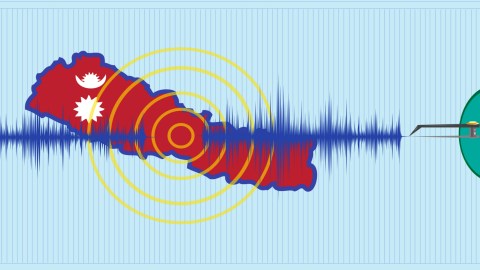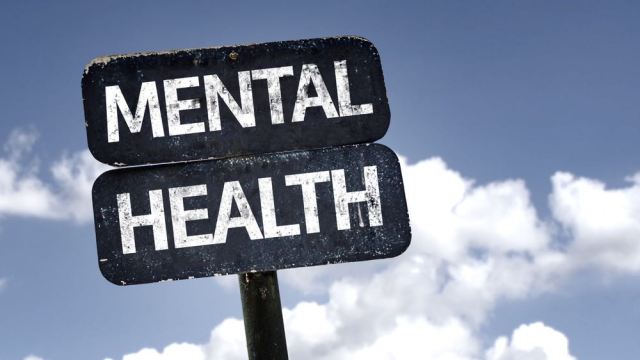As Aid Pours in, Nepal Was too Poor to Take Disaster Precautions

I’m sure in many seismology labs there exist deep files of in-depth disaster projections for the world’s most earthquake-prone regions. Something like: “Tokyo — If an 8.0 earthquake were to hit the city the estimated loss of life would be between X and Y.” That range between X and Y, of course, represents the difference between the best-case and worst-case scenario in the event of such a quake. Thankfully Tokyo is a good example of a wealthy, first-world city that has taken many precautions to keep that Y figure as low as possible. All things equal, the citizens of Tokyo should expect that as long as all precautionary protocols are followed the actual loss of life during an 8.0 earthquake should be closer to X than Y. It doesn’t always play out like that, but we’re talking theoretical here.
So what about when a disaster hits a city like Addis Ababa or Dhaka or — as we’ve seen this week — Kathmandu? Meteorologist Eric Holthaus makes an astute point on this subject in a piece from earlier this week over at Slate. The basic gist is this: As the world improves at preventing deaths from natural disasters, poor countries are getting left behind. In places like Nepal, the X figure is way too high and you’re much likelier to see Y-level destruction:
“The tragic situation in Nepal is one that developing nations are especially vulnerable to. As a whole, the world is getting much better at preventing large earthquakes from causing deaths in great numbers, but poorer countries like Nepal are getting left behind. The nonprofit GeoHazards International says that over the past few decades, rich countries have reduced mortality from earthquakes at a rate 10 times fasterthan poor countries.”
The 2004 Indian Ocean tsunami is a good example of this. Nearly a quarter-million people lost their lives in the aftermath of a 9.2 magnitude quake. Many of those deaths were attributed to poor infrastructure and emergency-response systems in underdeveloped countries like Indonesia and Sri Lanka.
We’re seeing the same thing now in Nepal. Over 4,400 people are dead and many more displaced because we’re watching a worst-case scenario play out. (I should note: Some outlets are reporting the death toll could surpass 10,000.) We’re going to continue seeing things like this happen as long as poor countries remain unprepared to deal with major disasters.
What’s most unfortunate is that this isn’t a problem you can just toss money at and hope it goes away. There are structural and logistical elements that preclude that sort of action, so any attempt to make things better requires a degree of time and effort not often attractive to investors. For now, until better solutions are put forth by major charities and international organizations, the Y number will remain much more probable in places like Kathmandu.
Read more at Slate.
Below, an explanation of how the Bill & Melinda Gates Foundation excels in operations innovation, with CEO Sue Desmond-Hellman:
Photo credit: Crystal Eye Studio / Shutterstock





